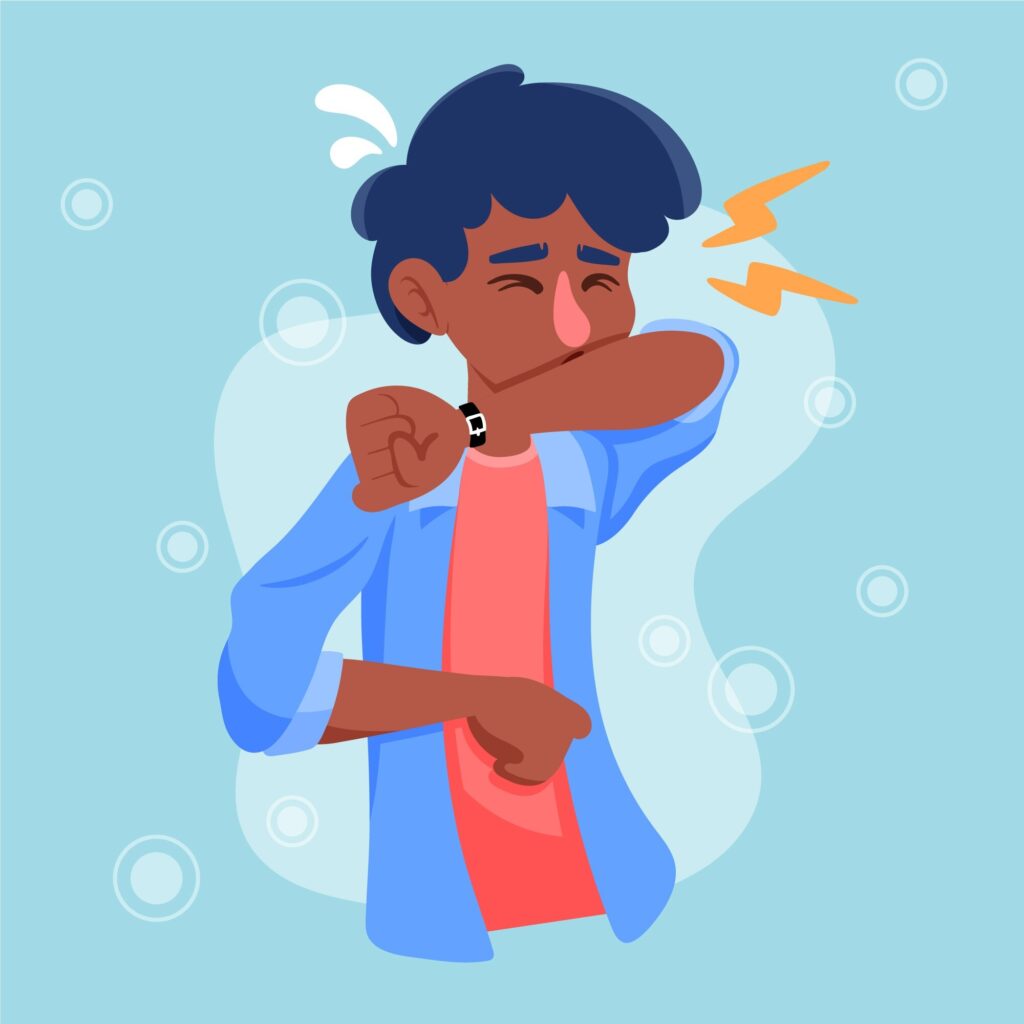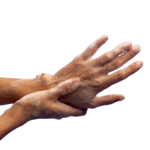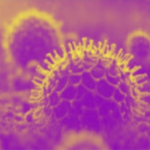Generally people don’t like getting sick and being bedridden for days missing out on all that important work or the school picnic that was the next day. The common cold is one of the most widespread illnesses. It is a mild viral infection of the upper respiratory tract, primarily affecting the nose and throat. While generally harmless, it can cause significant discomfort.
It’s essential to note that there are over 200 different viruses that can lead to a cold, with the rhinovirus being the most common. The common cold is highly contagious and spreads easily from person to person, particularly during the colder months.
Causes of the Common Cold:
The common cold is caused by viruses that infect the upper respiratory tract. Rhinoviruses are responsible for the majority of cases, but other viruses such as coronaviruses and respiratory syncytial viruses (RSV) can also cause cold symptoms. Cold viruses are highly contagious and spread through tiny droplets in the air or by touching surfaces contaminated with the virus.When someone with a cold coughs, sneezes, or talks, they release these droplets, which can be inhaled by others or picked up when touching surfaces such as doorknobs, countertops, or even handshakes.
Children are more prone to get colds than adults because their immune systems are still developing and they are often in a social set-up and in close contact with other children at schools or daycares, where colds spread easily. Adults too are no exception to this with all the weather changes and busy schedules that give them no time to look after their “wealth” – Health.
Symptoms of the Common Cold:
Cold symptoms typically develop within a few days of exposure to the virus and can last for 7 to 10 days. The symptoms vary from person to person, but common ones include:
– Runny nose: A watery or thick mucus discharge.
– Nasal congestion: A blocked or stuffy nose, often accompanied by difficulty breathing through the nose.
– Sneezing: A reflex response to nasal irritation.
– Cough: Sometimes with phlegm, especially as the cold progresses.
– Sore throat: Irritation or pain when swallowing.
– Headache: Due to sinus pressure or congestion.
– Body aches and chills: Mild discomfort or muscle pain.
– Fatigue: A general feeling of tiredness and malaise.
More severe symptoms, such as a high fever, chest discomfort, or difficulty breathing, may indicate a more serious infection, such as the flu or pneumonia, and should prompt a visit to a Doctor.
Treatment Options for the Common Cold:
There is no cure for the common cold, but several medications can help relieve the symptoms. It’s important to note that antibiotics do not work against viral infections like colds, as they are only effective against bacterial infections.
– Pain relievers: Acetaminophen (Tylenol®) and NSAIDs such as ibuprofen (Advil®) can help reduce headaches, body aches, and fever.
– Decongestants: Medications such as pseudoephedrine (Sudafed®) can help reduce nasal congestion and make breathing easier.
– Antihistamines: Diphenhydramine (Benadryl®) and other antihistamines can help reduce sneezing and runny nose.
– Cough suppressants: Medications like dextromethorphan (Robitussin®) and codeine can help reduce persistent coughing.
– Expectorants: Guaifenesin (Mucinex®) can help thin and loosen mucus, making it easier to cough up phlegm.
(NOTE– The mentioned medicines will help; it is highly advised to first consult a doctor before taking these medicines. Doctor’s are doctors for a reason.)
It’s essential to follow the dosage instructions for any medication and consult a healthcare provider before giving cold medications to children, as some are not recommended for those under 5 years old.
Prevention of the Common Cold:
It is aptly said that ‘Prevention is better than cure’. While it’s impossible to avoid all colds, there are steps you can take to reduce the risk of catching or spreading a cold:
– Wash your hands: Frequent handwashing with soap and water is one of the most effective ways .
– Avoid close contact: Stay away from people who are sick, especially if they are coughing or sneezing.
– Disinfect surfaces: Regularly clean and disinfect surfaces that are frequently touched, such as doorknobs, keyboards, and phones.
– Use tissues: Always cover your nose and mouth with a tissue or your elbow when sneezing or coughing, and dispose of tissues immediately.
– Boost your immune system: Maintaining a healthy lifestyle with a balanced diet, regular exercise, and adequate sleep can strengthen your immune system, making you less susceptible to infections.
Common Questions about the Common Cold
1.Why can’t antibiotics cure a cold?
– Antibiotics target bacteria, not viruses. Since colds are caused by viruses, antibiotics are ineffective against them. Do not intake antibiotics unnecessarily as it may lead to antibiotic resistance.
2. Why do children get more colds than adults?
– Children are more prone to colds because their immune systems are still developing and they haven’t built up immunity to as many viruses as adults.
3. What is the average recovery time for a cold?
– Recovery period from a cold ranges from 7 to 10 days, although some symptoms may last a bit longer ,it’s advisable to consult a Doctor and not rely on useless self diagnostic searches online.
4. What are some preventive methods to avoid catching a cold?
– Frequent handwashing, avoiding close contact with sick individuals, disinfecting common surfaces, and practicing good respiratory hygiene by covering your mouth when sneezing or coughing.
5. What are some serious health issues that can result from a cold?
– It can sometimes lead to more severe complications, especially in individuals with weakened immune systems, children, and the elderly.
The common cold is an inevitable part of life. Taking care of your and your loved one’s health is essential, and with a little care, you can recover from a cold quickly and get back to your daily activities. Always listen to your body, and don’t hesitate to seek medical help if needed. Remember to take simple precautions to reduce your risk of catching a cold. Be smarter than the virus & Be safe!


